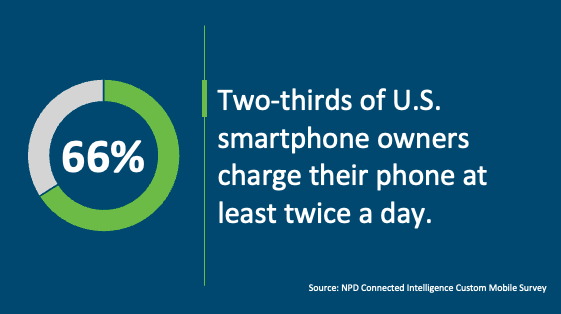
OnePlus unwraps the new flagship 11 5G
OnePlus last week unveiled its much-awaited flagship upgrade, the OnePlus 11 5G. The new phone runs on Qualcomm’s top-end Snapdragon 8 Gen 2 silicon and, like its predecessor, houses special camera optics manufactured by Hasselblad. The new flagship features top of the line components and software such as a QHD+ 6.7-inch display with 120 Hz refresh rate, a chassis made of surgical-grade stainless steel, support for Dolby Vision HDR and Dolby Atmos. Another key highlight of the phone is its 100-watt fast charging feature (80-watt on the US version). The new OnePlus 11 5G will come in two variants, a base model boasting 8 GB RAM and 128 GB storage for $699, and an upper tier version with 16 GB RAM and 256 GB storage for $799. Notably, unlike the previous OnePlus flagships, the new 11 5G will be sold unlocked only with no carrier commitments.
The NPD Take:
- The new OnePlus 11 5G is one of the handful candidates to have the spec list to go up against the might Galaxy S23, but lack of carrier commitment, the chances of selling in volume will be very slim. This is a tipping point for OnePlus, which has had T-Mobile’s support despite its small brand footprint for the last several years. However, despite T-Mobile’s marketing efforts, only 6% of T-Mobile customers considered OnePlus as their potential brand.
- T-Mobile’s decision to pull back from the OnePlus relationship can partially be attributed to Google’s success with the Pixel 7, which has captured the runner-up Android flagship spot at T-Mobile and other carriers. Google’s strong brand recognition (reinforced by heavy ad spending) and affordable pricing will continue to threaten all Android brands including the market leader Samsung.
- OnePlus 11 5G’s fast charging feature is an interesting differentiator few other Android smartphone possess. According to a OnePlus survey conducted by The NPD Group in November, two-thirds of US smartphone owners reported charging their phone at least twice a day. On the other hand, we should note that OnePlus’ previous 10T flagship phone comes with a 150-watt fast charging feature, and this superior feature did not help the brand win the hearts of many US smartphone customers.
T-Mobile FWA Lifeline program almost reaching full house
Last week, we commented on T-Mobile’s strong Q4 2022 performance on its Fixed Wireless Access (FWA) home internet service. As the Grease star John Travolta kept asking in T-Mobile’s hilarious Super Bowl ad yesterday, let us tell you more on what the Un-carrier has been up to with this popular service offering high-speed wireless Internet to homes for $50/month. The carrier last week announced that it has expanded the reach of its government-funded Affordable Connectivity Program (ACP) FWA service to seven more states including Montana, Nebraska, North Dakota, Oklahoma, South Dakota, Vermont and Wyoming. With the addition of these states, T-Mobile now has ACP participation for its FWA service in 48 States across the nation. T-Mobile’s ACP service is offered through Assurance Wireless, the carrier’s ACP Lifeline assistance brand catering to low-income households. Eligible households are offered a discount of up to $30/month for their home Internet service and are also provided with a $100 discount to be used towards the purchase of a PC or tablet from ACP providers. Notably, customers signing up for the Assurance service are also offered free Android smartphone.
The NPD Take:
- T-Mobile was able to sign up 2 million new households for its FWA service in 2022, ending the year with a FWA base of 2.6 million households. The carrier has already been offering FWA services in over 40 states as of the end of the year, thus the addition of the seven new States will initially have a marginal impact on its growth trajectory coming from ACP customers. On the other hand, aggressive branding campaigns like the Super Bowl ad commercial continue to boost awareness of T-Mobile FWA solution, and the carrier will continue to be a major threat to cable ISPs throughout the year.